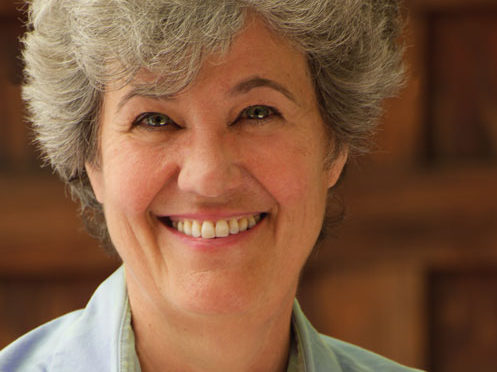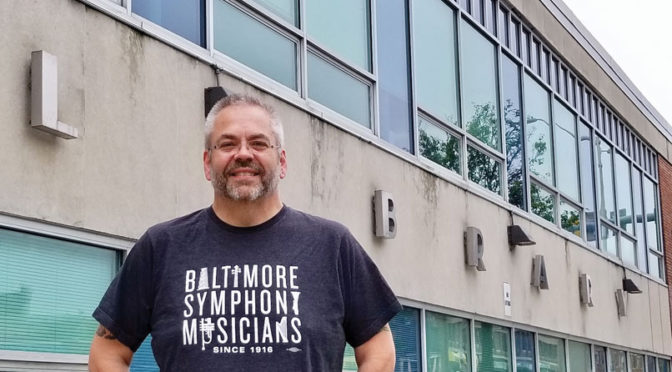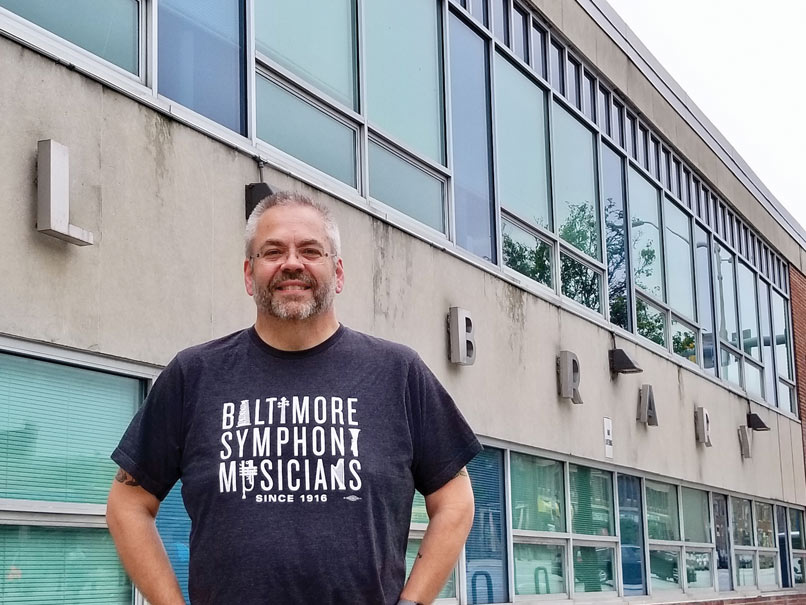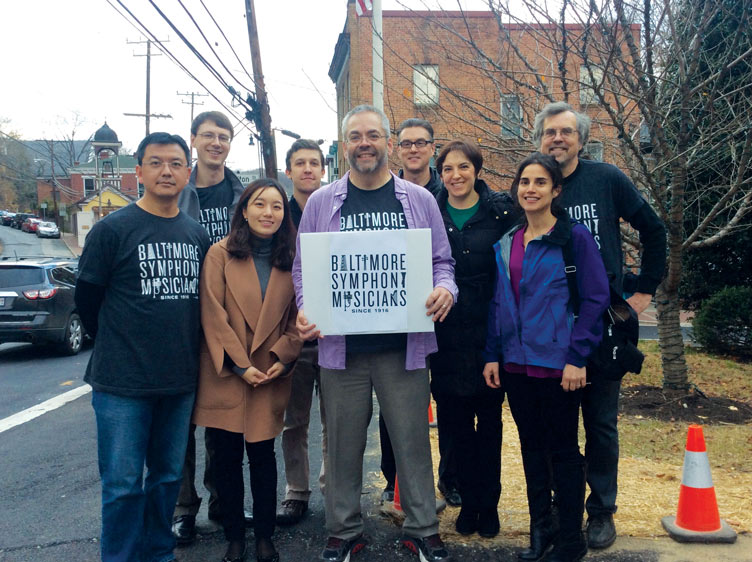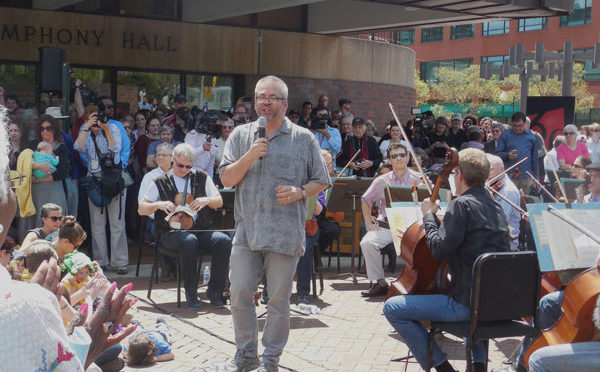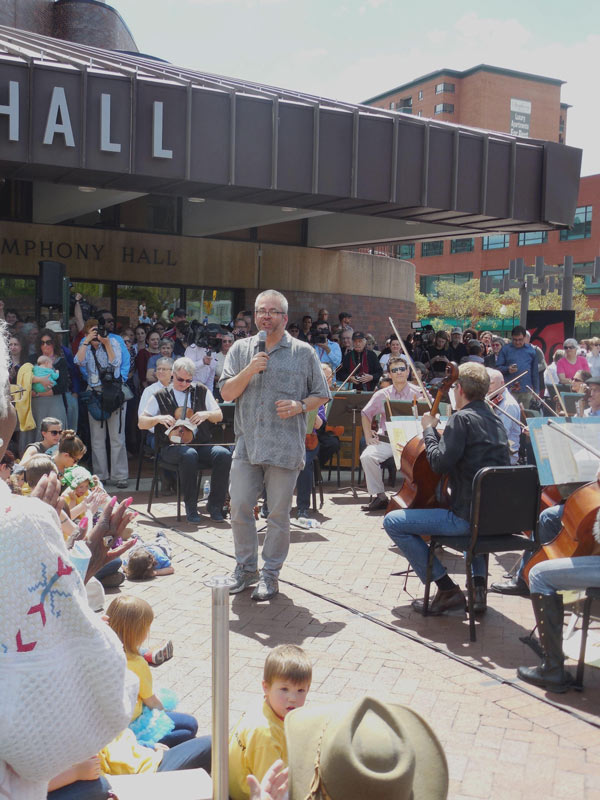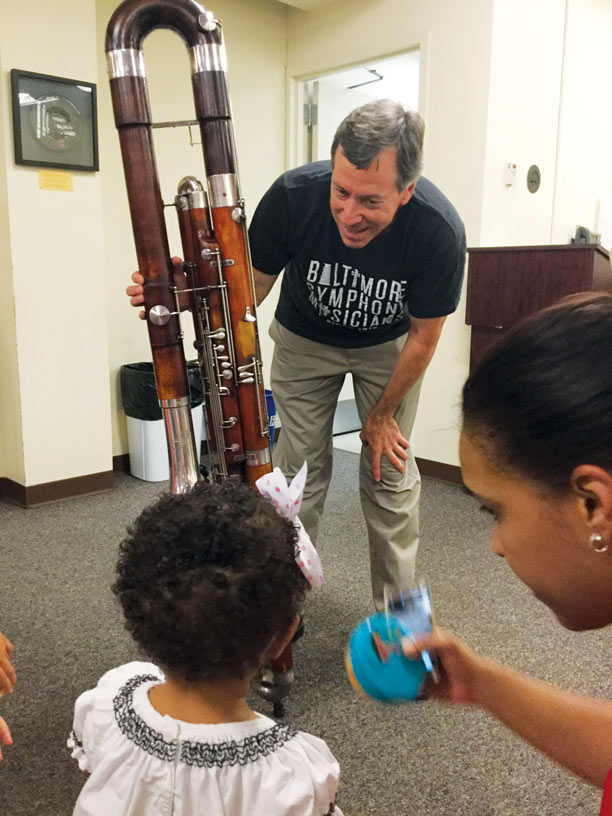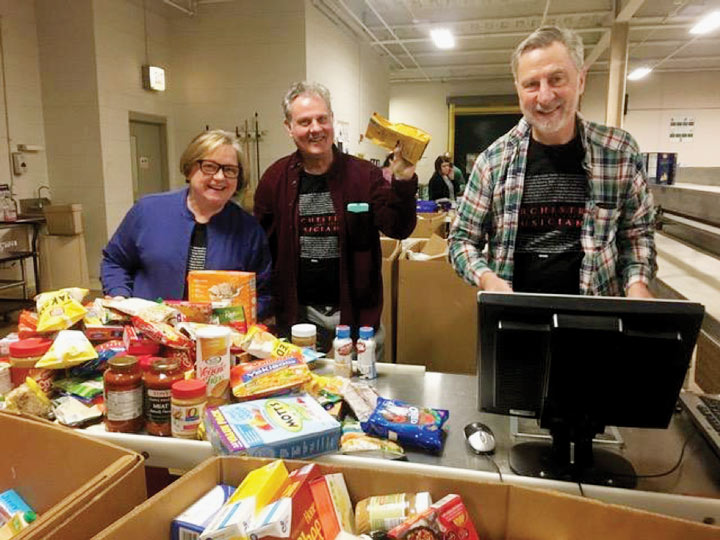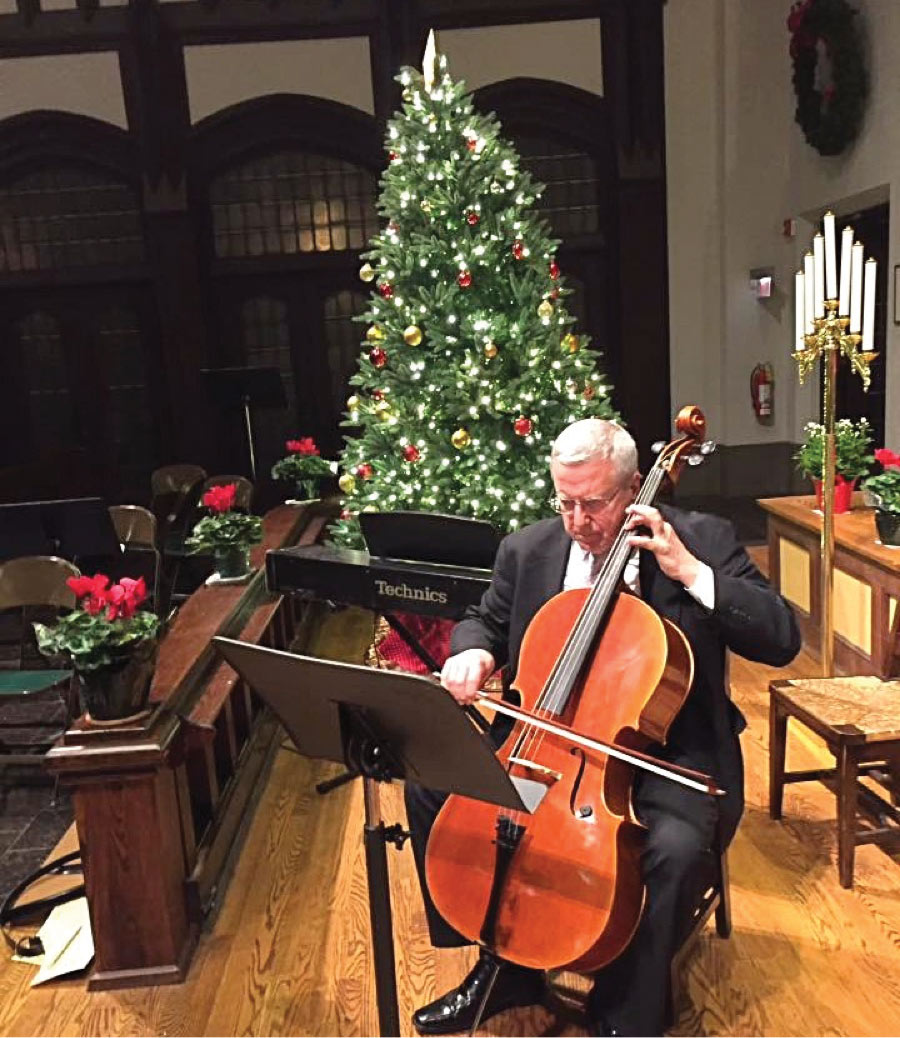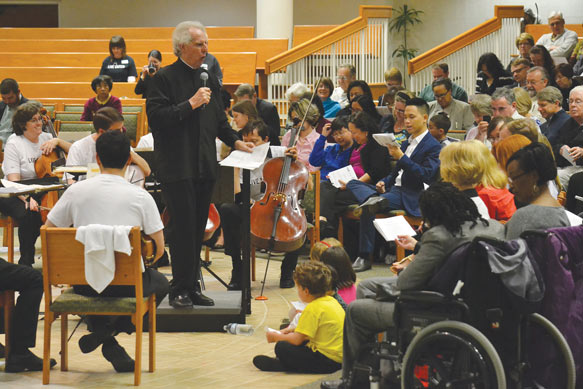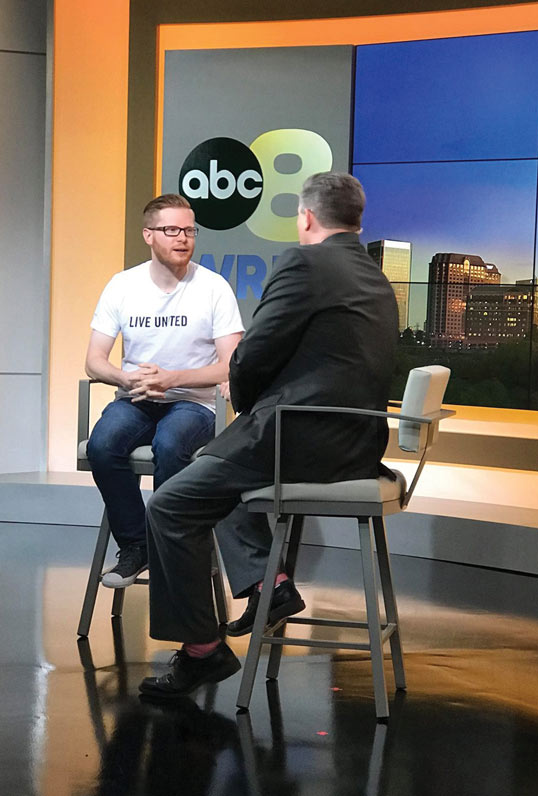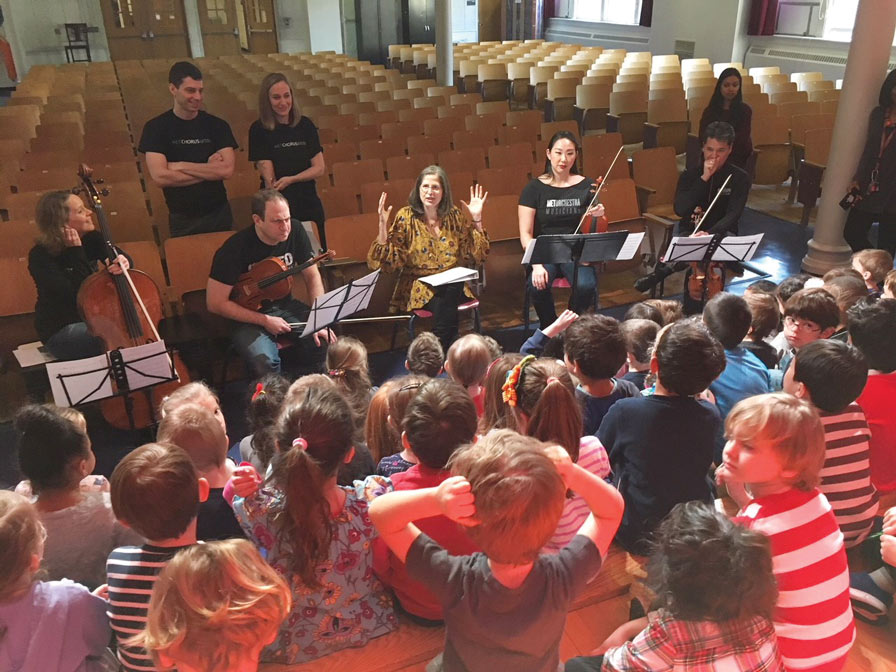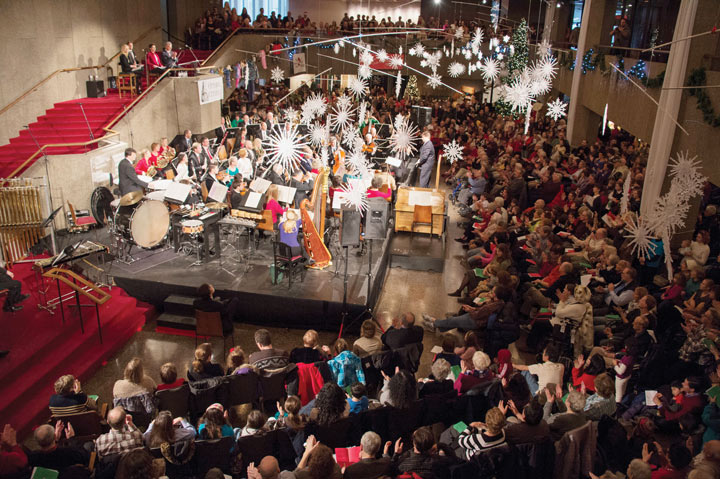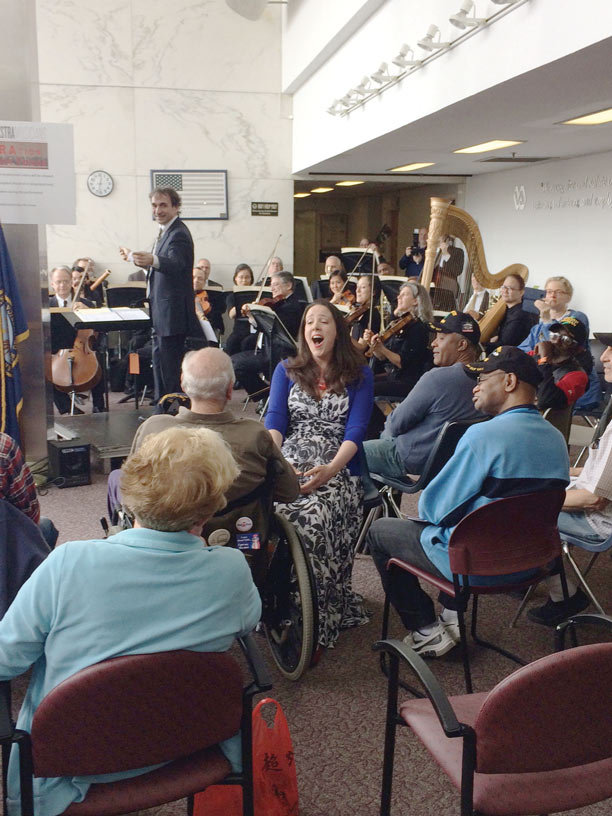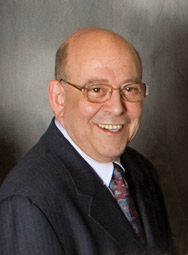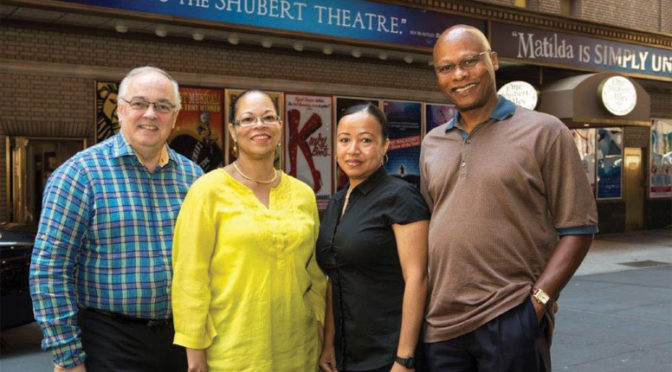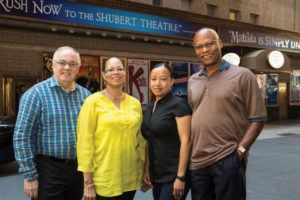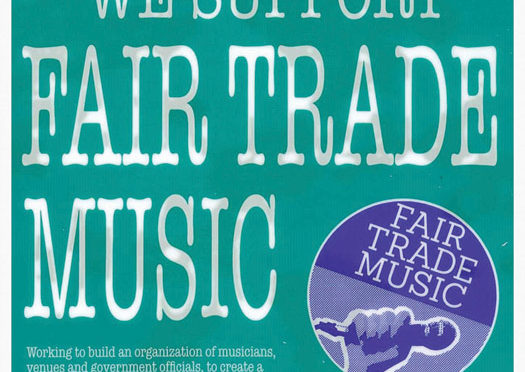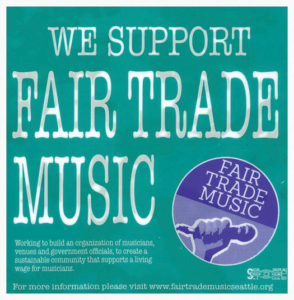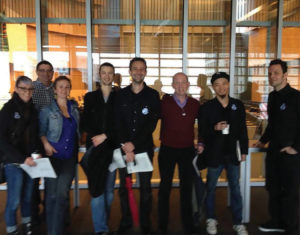
by Meredith Snow, ICSOM Chair and Member of Local 47 (Los Angeles, CA)
An orchestra is not just a group of people playing music together. It is a dynamic, vibrant metaphor for our communities. The music we collaborate to create is a two-way street between us and our audiences. Our performances would serve little purpose without a direct connection to the people we hope to draw together in a common experience. This experience is not merely entertainment but is a celebration of our humanity. This connection demands our attention and participation as much as our daily practice.
In early January, during their ongoing struggle to resolve negotiations and avoid drastic cuts to their season and wages, Baltimore Symphony Musicians, members of Local 40-543 (Baltimore, MD), presented an all-brass benefit concert at the Baltimore Basilica. Musicians from some of the nearby ICSOM orchestras—National Symphony Orchestra, members of Local 161-710 (Washington, DC); Pittsburgh Symphony Orchestra, members of Local 60-471(Pittsburgh, PA); The Philadelphia Orchestra, members of Local 77 (Philadelphia, PA); and New York Philharmonic, members of Local 802 (New York City), in addition to the Semper Fi Brass—volunteered their time and talent.
Not only did they raise $12,000 to benefit My Sister’s Place Women’s Center, but the beyond-capacity attendance at the concert demonstrated that it is not just about a labor dispute. It is about the future of the City of Baltimore—musicians and citizens alike pulling together to envision a greater future, not just for the orchestra, but for the city as a whole. Since the concert, a bill has been introduced in the Maryland State legislature to increase public funding for the Baltimore Symphony. The citizens of Baltimore have mobilized in support of their musicians and we hope for a successful outcome to their struggle.
Following the horrific hate crime at the Tree of Life Synagogue in Pittsburgh, where 11 worshipers were gunned down, the Pittsburgh Symphony responded immediately by mounting a concert to foster unity and solidarity with the Jewish community. (A Concert for Peace and Unity at PBS.org). Everyone volunteered their services: Music Director Manfred Honeck, Local 802 (New York City) member Itzhak Perlman, the staff and musicians of the Pittsburgh Symphony, and the stagehands from IATSE Local 3. The concert benefited the Jewish Federation of Greater Pittsburgh’s Fund for Victims of Terror and the First Responders Fund.
In the March issue of Senza Sordino, bass clarinetist Jack Howell wrote, “Every community that is visited by the specter of hate and violence must find a way to shape itself around the ugly fact. That a symphony orchestra would have a part to play in that shaping is an important statement for our art.”
ICSOM will continue to promote the relationships between our orchestras and their public. Last summer’s ICSOM Conference highlighted four such programs. The Detroit Symphony Orchestra and Detroit Pistons’ Music Education and Diversity program offers music education to every 4th grade student in Detroit. The Utah Symphony’s Haiti Residency is an ongoing music education program. Grand Rapids Symphony Music for Health Initiative, in partnership with Spectrum Health Music Therapy, brings the healing power of music to the community. The Louisville Orchestra’s performance of The Greatest: Muhammad Ali, composed by Music Director Teddy Abrams, is a tribute to the extraordinary life of that legendary athlete, humanitarian, and Louisville native.
The interconnection of our orchestras and their communities goes to the very heart of our purpose. The most precious and fundamental principle of our music making is to unite hearts and minds in order to inspire an understanding of our common humanity. We must foster these relationships, not just for our success as orchestras, but as citizens of the communities in which we live.
The 2019 ICSOM Conference will be held this summer at the Park City Marriott in Park City, Utah, August 21–24. Any AFM member or member of an ICSOM orchestra is welcome to attend. All attendees must register for the conference in advance with ICSOM Secretary Laura Ross. Information on registration is available at ICSOM.org.


